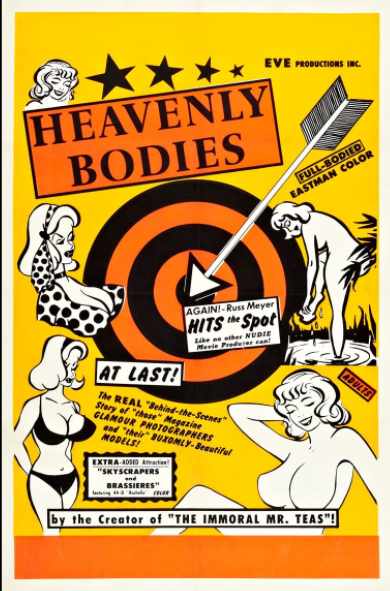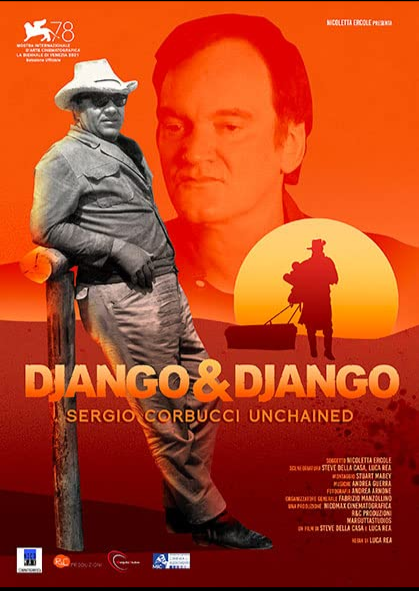I was a huge fan of Alexandre Bustillo and Julien Maury’s Inside. Unfortunately, their follow-up, Livid never made it to the States. Until now. Now that I’ve finally seen it, I can honestly say it wasn’t exactly worth the wait. I know they all can’t be Inside, but it falls well short of that disgusting classic.
Lucie (Chloe Coulloud) is training to be a home healthcare nurse. While making her rounds, she tends to an extremely elderly comatose woman (Marie-Claude Pietragalla) who lives all alone in a giant mansion. She learns the old lady used to be a ballet teacher and supposedly has a treasure hidden away somewhere in the mansion. Of course, she tells her hotheaded boyfriend (Felix Moati) and his buddy Jeremy Kapone) all about it. Desperate to change their dead-end situation, the trio breaks into the house looking for the loot and find....
I will resist the temptation to spoil what they finally uncover in the house, especially since it takes them about an hour to figure it out, which is kind of the problem. The set-up is longwinded, and a lot of the getting-to-know-you scenes in the early going could’ve been tightened up a bit. Sadly, once we find out what’s going on in the house, it’s no big whoop. There is at least one semi-interesting death scene, but for the most part, it falls flat. Even when the movie tries to do something a little different with the usual horror formula, it winds up being lackluster, or even worse, goofy. It’s easy to see why this slipped through the cracks and took over a decade to reach our shores.
I did like the directors’ nods to such films as An American Werewolf in London, Halloween 3, and possibly even Suspira, although they ultimately are ultimately nothing more than Easter eggs for fans. (The constant use of scissors was probably a tip of hat to Inside, now that I think about it.) If you’re still curious about seeing Livid, it might work best as a double feature with Don’t Breathe as both films revolve around thieves severely underestimating a seemingly incapacitated elderly person, but the dip in quality will be noticeable.






